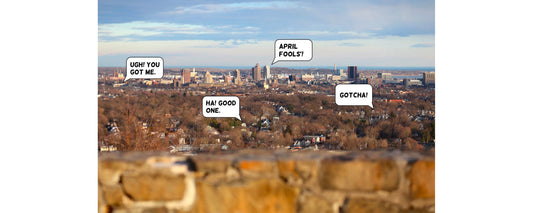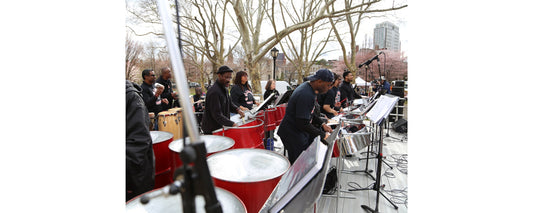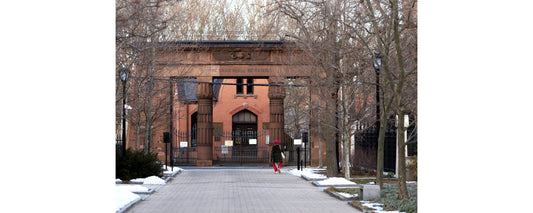It’s fun today to don a pointy black hat and play at being a witch for Halloween. But things were decidedly less amusing for those who came off as witches in 17th-century New Haven.
Two witchcraft cases appear in the surviving records of the colony. The first is that of Elizabeth Godman, who seems to have started the legal trouble herself with a slander suit in 1653 against several neighbors, both men and women, whom she accused of having “given out speeches that made folks thinke she was a witch,” according to a transcription of the original court records published much later, in 1858.
sponsor message
One neighbor testified that Godman “would be often speaking aboute witches and rather justifye them than condemne them.” Another claimed she “could tell sundrie things that was done at ye church meeting before meeting was done.” She was said to have known that a neighbor named Mrs. Atwater “had figs in her pocket when she saw none of them; to that she answered she smelt them…” Yet another witness complained that Godman was “talking and muttering to herselfe.”
Godman’s slander suit was unsuccessful. The court determined that “she can proue nothing against them, and that her carriage doth justly render her suspitious of witchcraft, wch she herselfe in so many words confesseth.” Godman was never formally charged as a witch, though the court warned her to “looke to her carriage hereafter, for if further proofe come, these passages will not be forgotten…” In The Case of the Piglet’s Paternity: Trials from the New Haven Colony, 1639–1663 (2015), local author and state superior court judge Jon C. Blue posits that the judges “were plainly eager to avoid a finding of witchcraft, which might leave them no alternative to imposing the death penalty.”
The second local case involving suspicions of witchcraft concerned Nicholas Bayley and his wife, who were brought before the magistrates in July of 1655, due mostly to Goodwife Bayley’s behavior. According to a transcription of the records in David D. Hall’s Witch-Hunting in Seventeenth-Century New England (1990), the complaints boiled down to three basic charges: “impudent and notorious lying; endeavoring to make discord among neighbors; and filthy and unclean speeches.” The record provides examples of each type of offense. For instance, Goodwife Bayley reportedly told one neighbor that another, Thomas Barnes, had “killed many ducks” and, unkindly, had not given her any. When the neighbor said she didn’t need any ducks, Godman nevertheless went to Barnes’s wife and “intimated to her” that the neighbor “was troubled that her husband killed so many ducks and gave her none.” Her “filthy” speech was linked to excusing her husband’s dog for attempting to “copulate” with a sow and, likewise, excusing a neighbor who “miscarried with many persons in a filthy way.”
New Haven magistrates determined that the Bayleys were “not fit to live among such neighbors” and directed them to “remove themselves to some other place, or give sufficient security”—40 pounds for him and 50 for her—“to the court’s satisfaction for their good behavior, and pay the fine for lying, which is ten shillings.” If they didn’t comply, they were warned, “the court must then proceed to some severe, sharp correction, imprisonment or otherwise, as they shall see cause,” Hall’s transcription notes.
The Bayleys requested more time to plan their departure and were given until the following spring. In the meantime, they were called into court again in September following complaints by their neighbors, when the charges were said to “remain as full and the suspicions of witchcraft as strong as before…” Nicholas Bayley told the court he was having trouble obtaining bond. He went to court again in October, as instructed, but without his wife, who he said was ill. This seems to be the Bayleys’ last appearance in court records, leading to speculation that they eventually did leave the colony.
Photostats of the colony’s original records—black negatives with tiny white type that’s difficult to decipher—are on file at the New Haven Museum’s Whitney Library. Varied transcriptions of the records are sometimes scrambled or incomplete, but according to John Putnam Demos in Entertaining Satan: Witchcraft and the Culture of Early New England (1982), Connecticut heard 43 cases of witchcraft through the end of the 17th century. In addition, eight slander cases like Godman’s were heard in which witchcraft was alleged. Eleven supposed witches were executed, including three during the Hartford Witch Panic of 1662.
New Haven, however, avoided bloodshed. Blue offers “a tiny allotment of praise” to our forebears, who responded better than their much more famous analogues in Salem, Massachusetts, four decades later. “While the Salem judges, like their judicial counterparts in seventeenth-century England, hanged witches,” he notes, “the New Haven Colony did not.”
Written by Kathy Leonard Czepiel. Photographed by Dan Mims.








